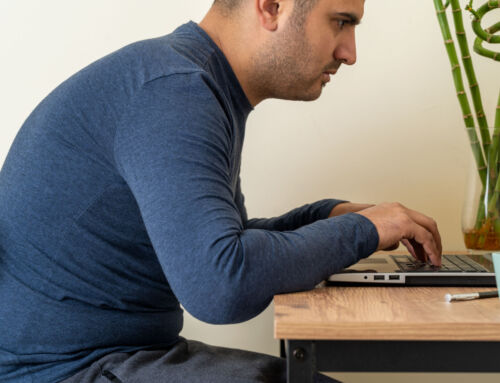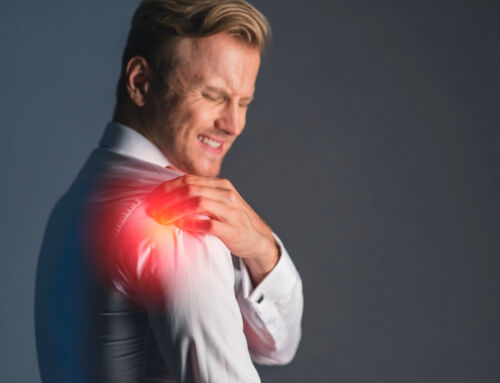Backpacks: a practical and convenient method that many children and adolescents use to lift and carry bulky textbooks, computers, journals, and other supplies.
Backpacks were created to properly distribute the heavy load of supplies onto the most durable muscles people have—for example, the lower and middle back muscles prevent fatigue and stabilize the body. If utilized correctly, backpacks can give kids and adults the capability to lug around the heavy textbooks or technology of every day school and work without the burden of potential muscle or joint damage.
At Meyer Chiropractic, we want to make sure that you’re using a backpack properly when it’s absolutely necessary to use one.

Lightening the Load
Have you ever picked up a backpack that feels like it contains 50 pounds after your child has dropped it at the entrance of your home? Or maybe you have noticed your child struggling to put it on or having to bend forward while carrying it around? It is common nowadays for kids to carry up to a quarter of their body weight. However, the American Chiropractic Association recommends that a backpack should not weigh more than 5% to 10% of a child’s body weight.
Therefore, if you have noticed these behaviors, you may want to consider the effects of an unnecessary amount of weight on your child’s still-growing body.
Tips for Proper Use of Backpacks
The improper use of backpacks can cause future damage amongst the most common users of backpacks; children and teenagers. Backpacks being worn incorrectly can potentially injure muscles and joints, leading to severe neck, shoulder, and back pain, along with posture problems. Many people assume that backpacks can also cause scoliosis (the abnormal sideways curvature of the spine); however, backpacks are irrelevant to the cause of scoliosis.
Using proper guidelines, like using two wide padded shoulder straps to help distribute the weight evenly, can help with backpack safety benefitting future body muscles and joints.
Choosing the Best Backpack.
While shopping for a backpack, there are a couple of thoughts to keep in mind. For example, you should look closely at the child’s or teen size and the amount of weight they will carry with them every day.
Here are some features to look for:
- Wide, padded shoulder straps
- Backpack with two shoulder straps
- A padded back
- A waist strap
- Lightweight backpack
- Rolling backpack
Orthopedic surgeons have shared injury prevention advice to inform parents and kids of the proper use of backpacks. These tips include:
- Always use both shoulder straps when carrying a backpack. Many kids find it easier to quickly pick up one strap of the backpack and haul it around, which can eventually cause muscle spasms and lower back pain. This also includes one-strap backpacks that are worn across the body. However, wearing two straps and making sure they are evenly distributing the weight will help align the back helping with posture and avoiding pain.
- Packing light by removing unnecessary items. Putting the heavier items and supplies at the bottom and against the back will help keep most of the weight off the shoulders, benefitting posture.
- Tighten straps to keep the load closer to the back. Tightening straps on backpacks will help the backpack rest evenly and keep the pressure and weight closer to the back. Tightening straps will avoid the need to hunch over, which improves posture as well. Also, having padded straps and a padded back protects from any oddly shaped objects. Non-padded straps dig into the shoulders, which can cause more upper back and shoulder pain.
- Organize the supplies. By placing heavier items low and towards the center allows the weight to be distributed evenly.
- Lift by bending at the knees. When picking up a backpack, you must not bend over to lift the bag. Bending over will cause strain in the back; therefore, bend at the knees and use your legs to lift the backpack. By squatting and lifting, you will save yourself from unnecessary pain.




